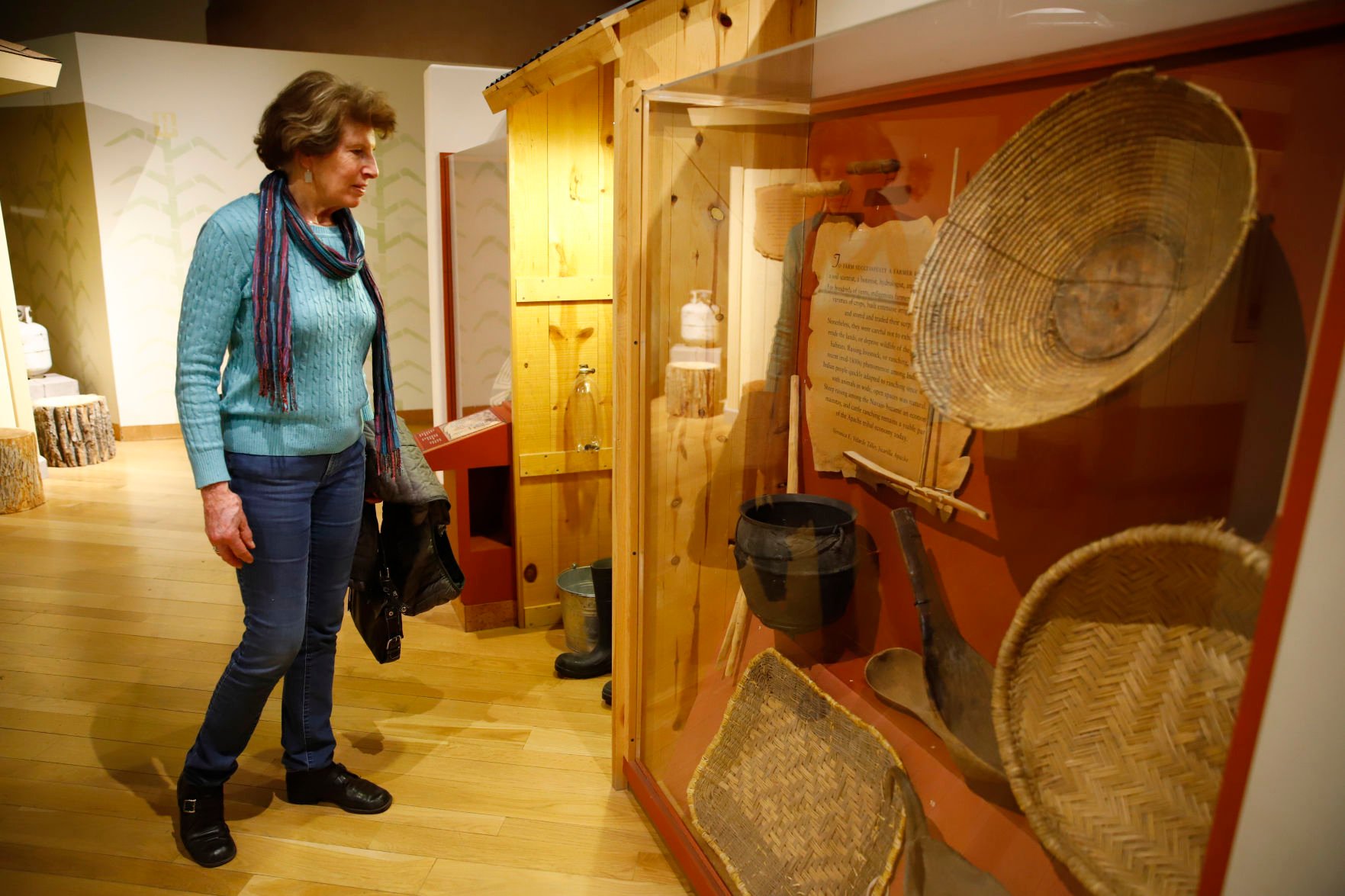
This pot with handle and spout in the of a cat evidences a certain extent of evolution in the art of clay modelling which blended an art any naturalistic of an animal and human being with a utility article. The white-spotted deep brown cat, with its legs, gathered completely under its fur, upwards turned face, ears raised as to when extra vigilant and closed mouth as when fixed at the target, is poised fully to charge at its prey the moment it detected its slightest movement.Īs almost all early culture reveal, conceiving articles of day-to-day use, especially pottery, in personalized s or the s of familiar animals, domestic or others, was a common practice of potters all over, and this spouted pot is one of its examples. This elongated figure of a cat-like animal with eyes fixed on its prey is a novel of a serving pot- a kettle with a spout and a handle. Curiously, all these were intended as a drinking vessel for the living and the dead. The portrait head shows their face painted. These ceramic heads were cast in moulds and more or less show the same features. Most probably these were certain highly regarded personalities, whose heads were thought to possess beneficial powers and ed the ancient Peruvians to place them in graves.

Large numbers of portrait heads have been found in the graves. They are thought to represent secular and religious dignitaries. The naturalistic representations of human faces are unique to the Moche culture of Peru. The face has a painted pattern in the centre. Hardly betraying any signs of being a vessel, the artefact, vividly conceived and so close to reality, looks like a replica of a human head.


This Vessel is in the shape of a human head, almost half of the natural size of an actual head.


 0 kommentar(er)
0 kommentar(er)
